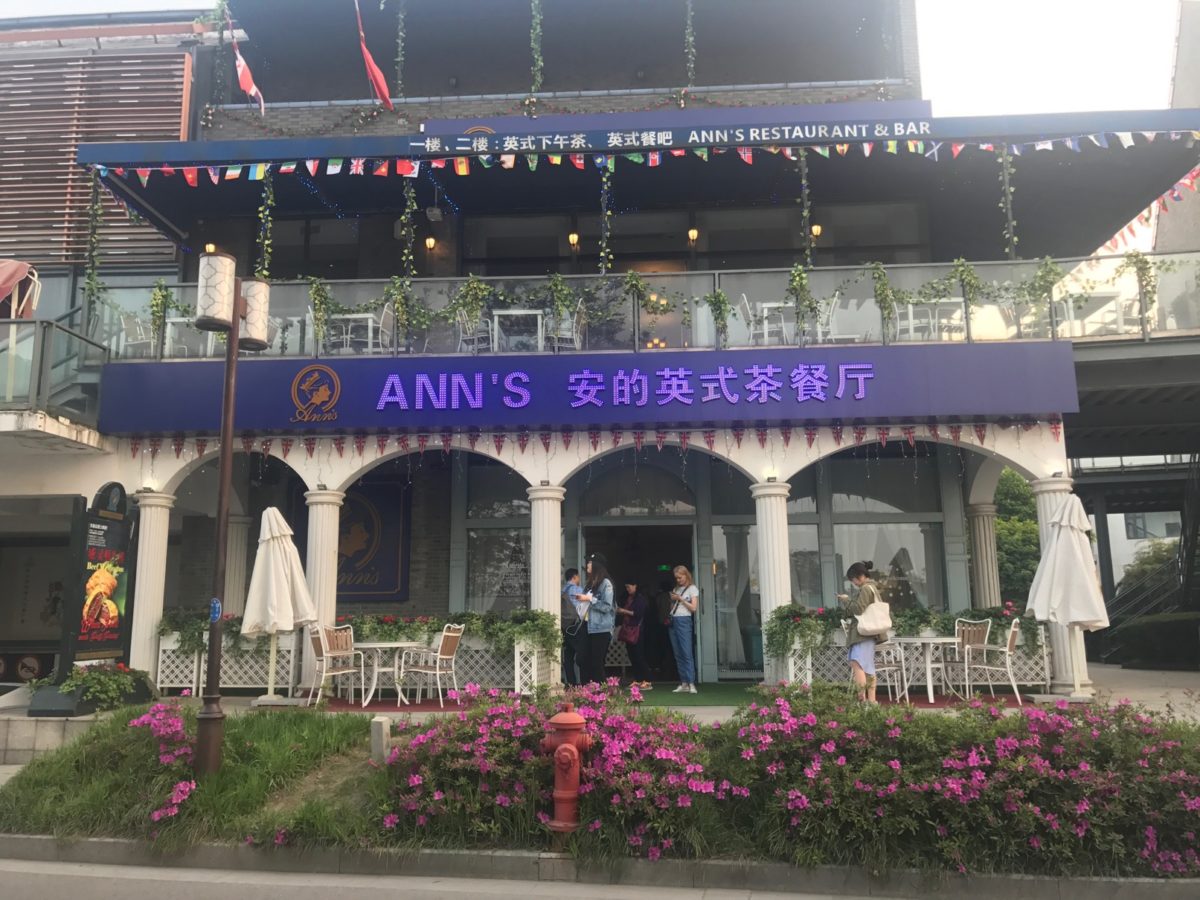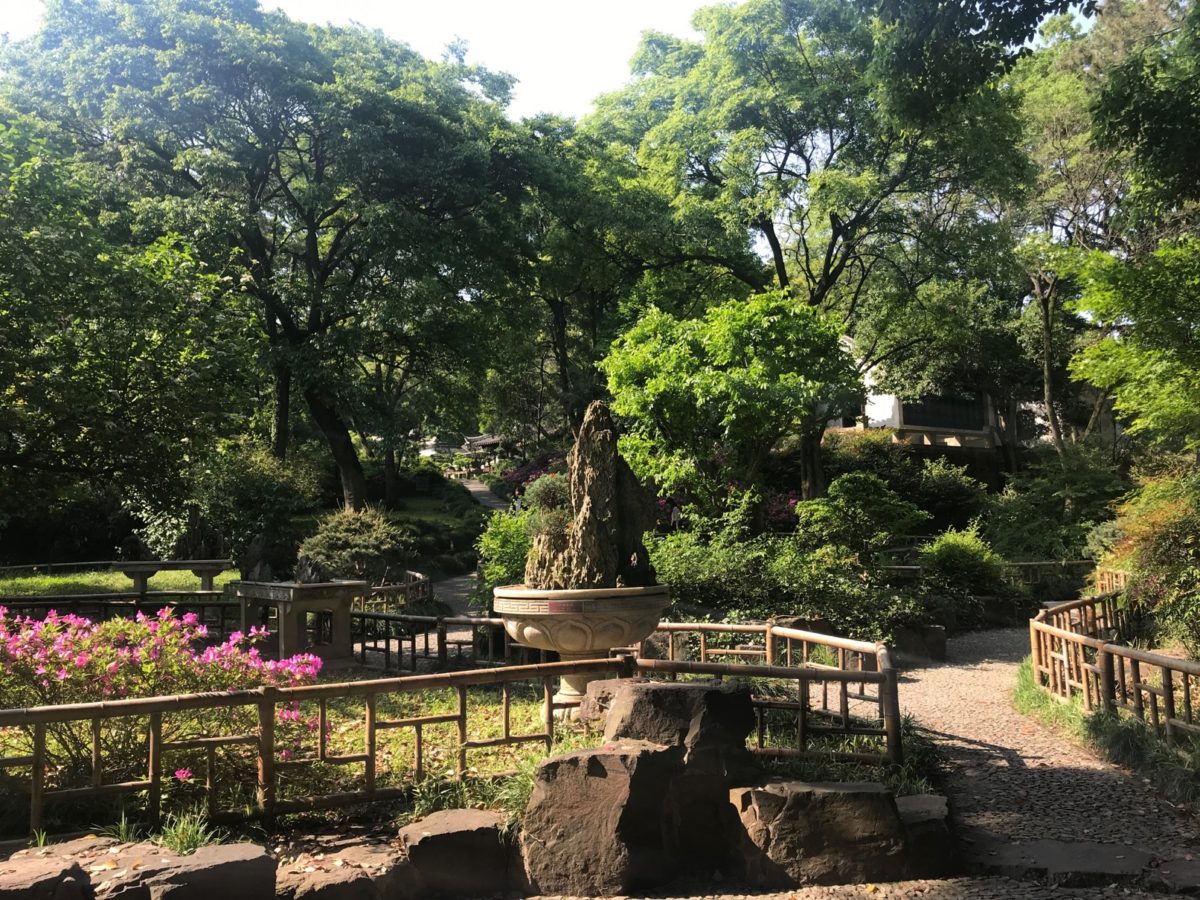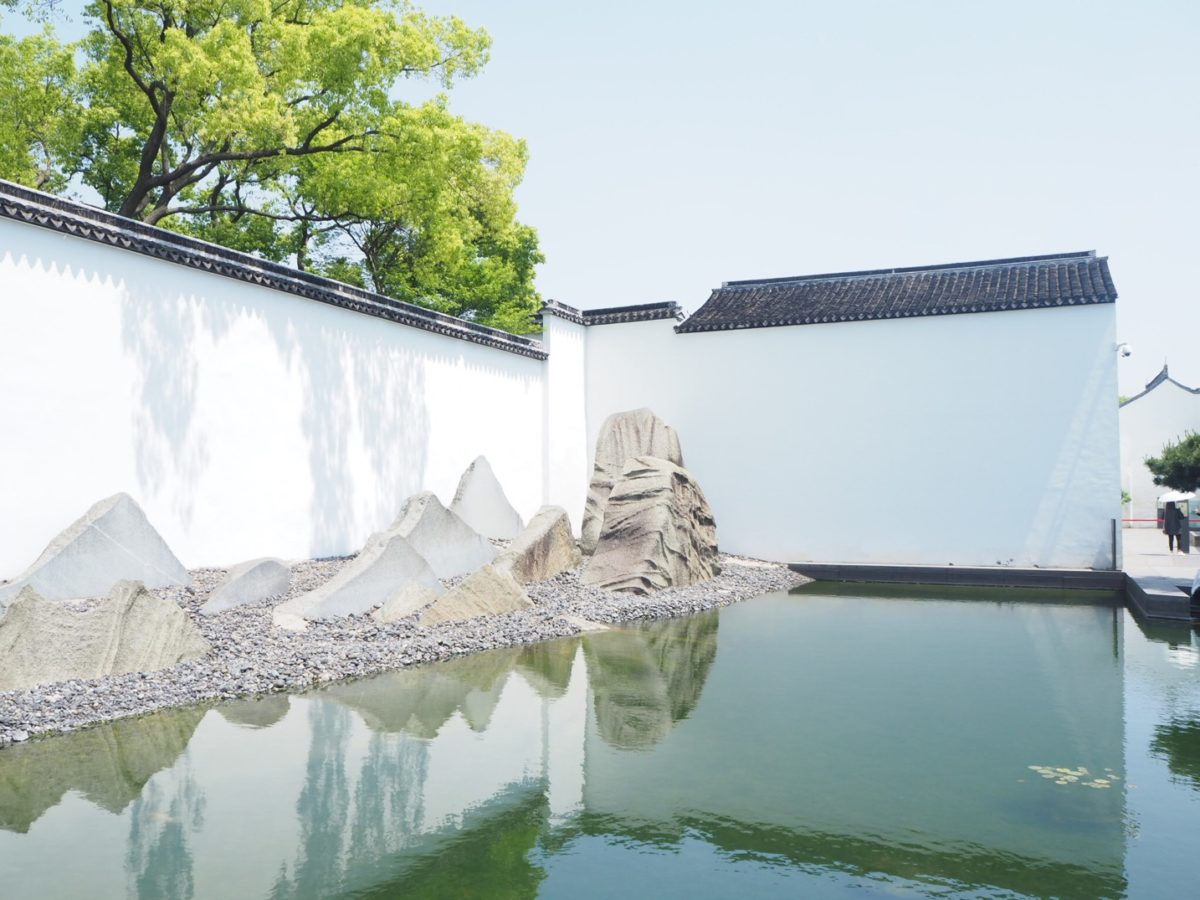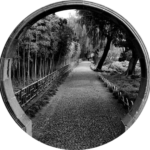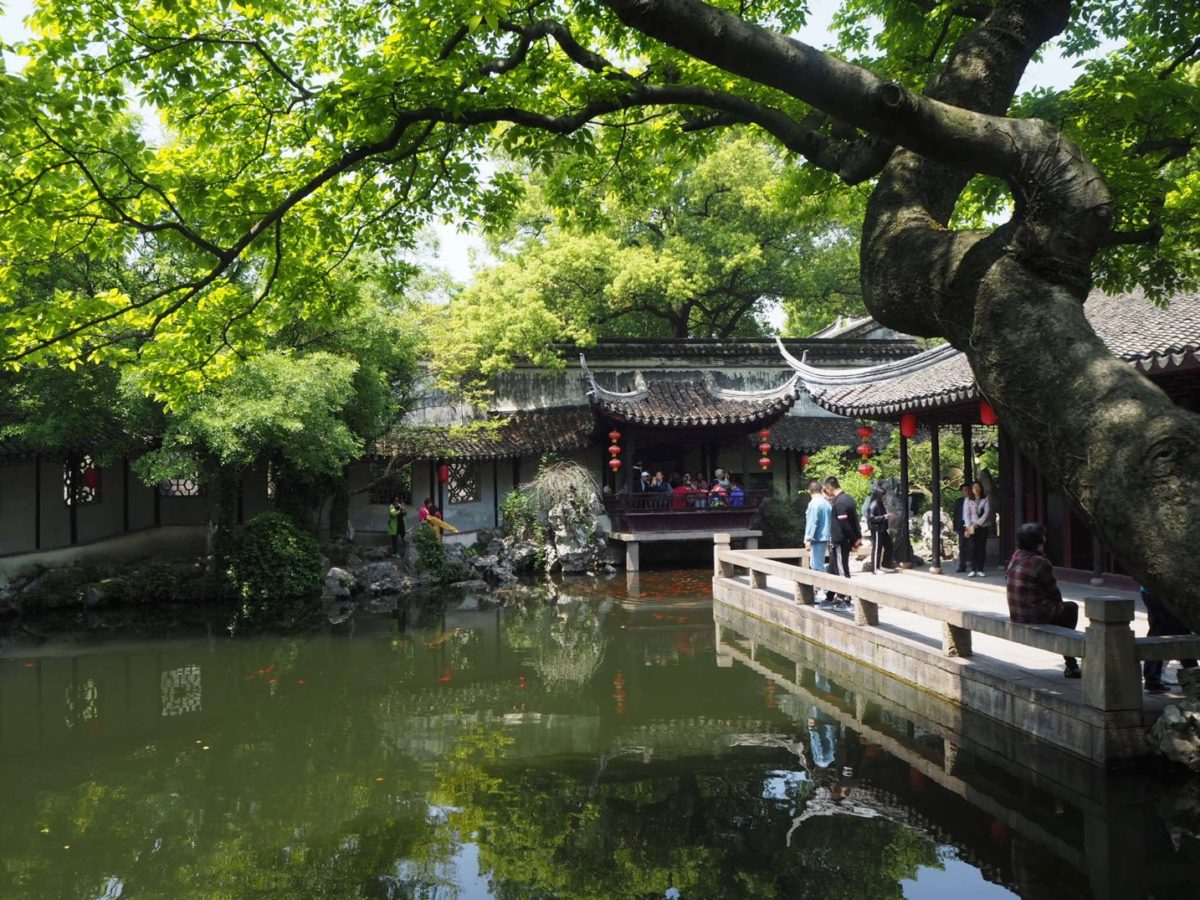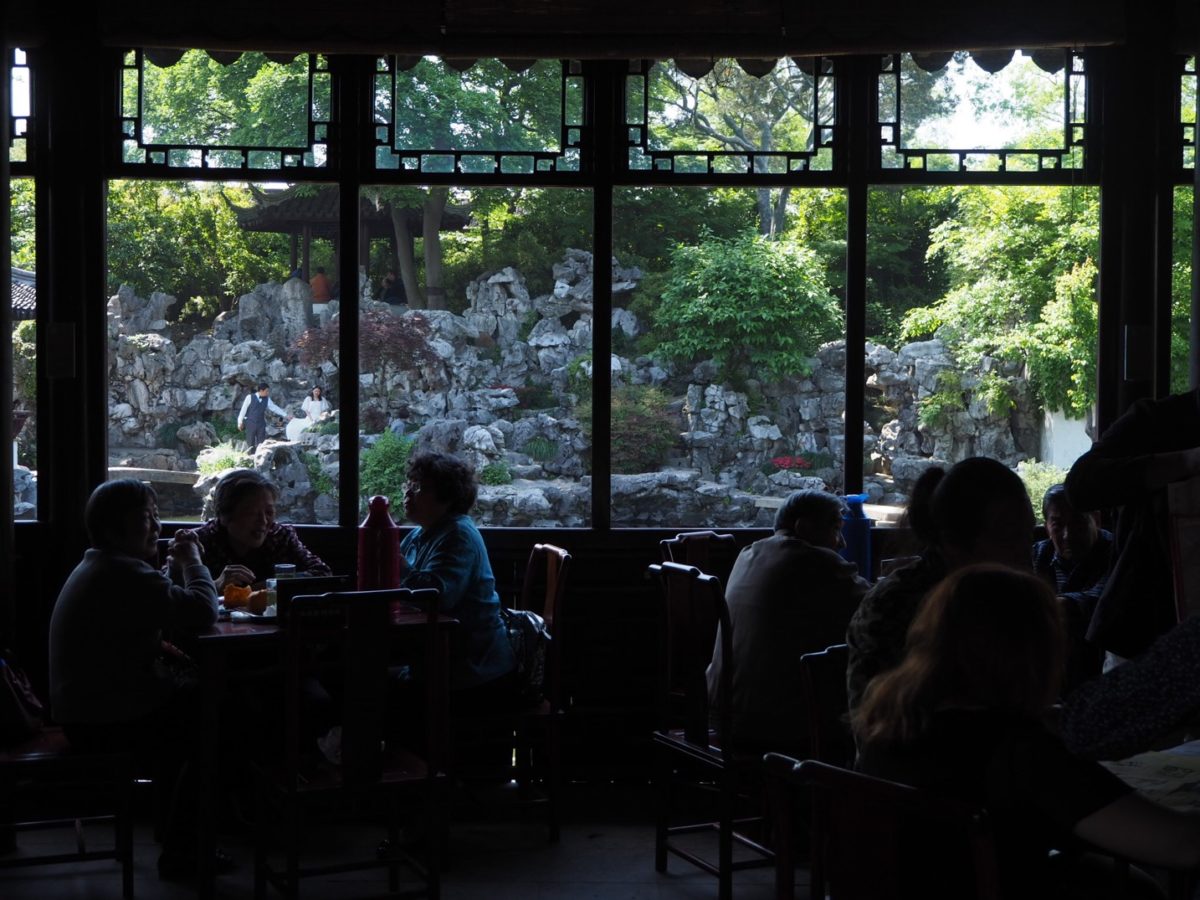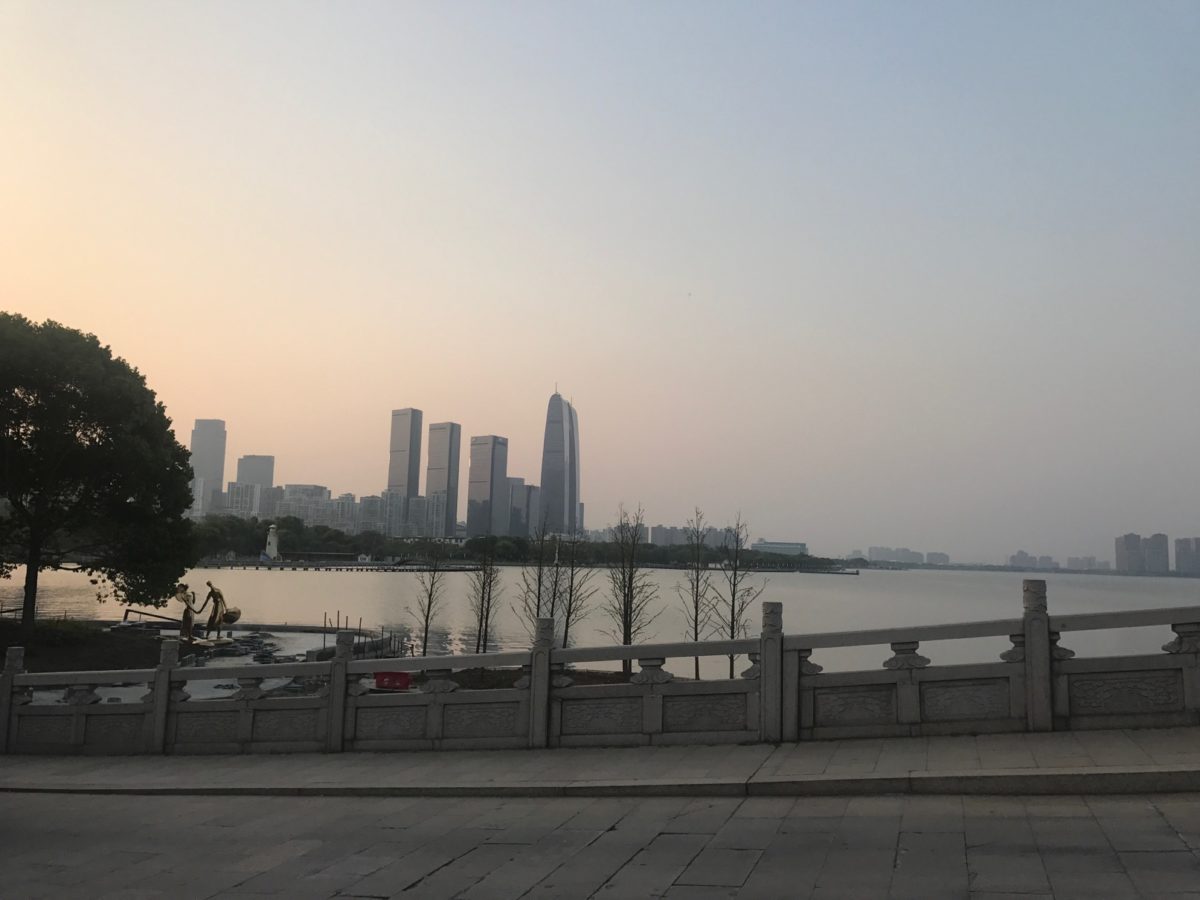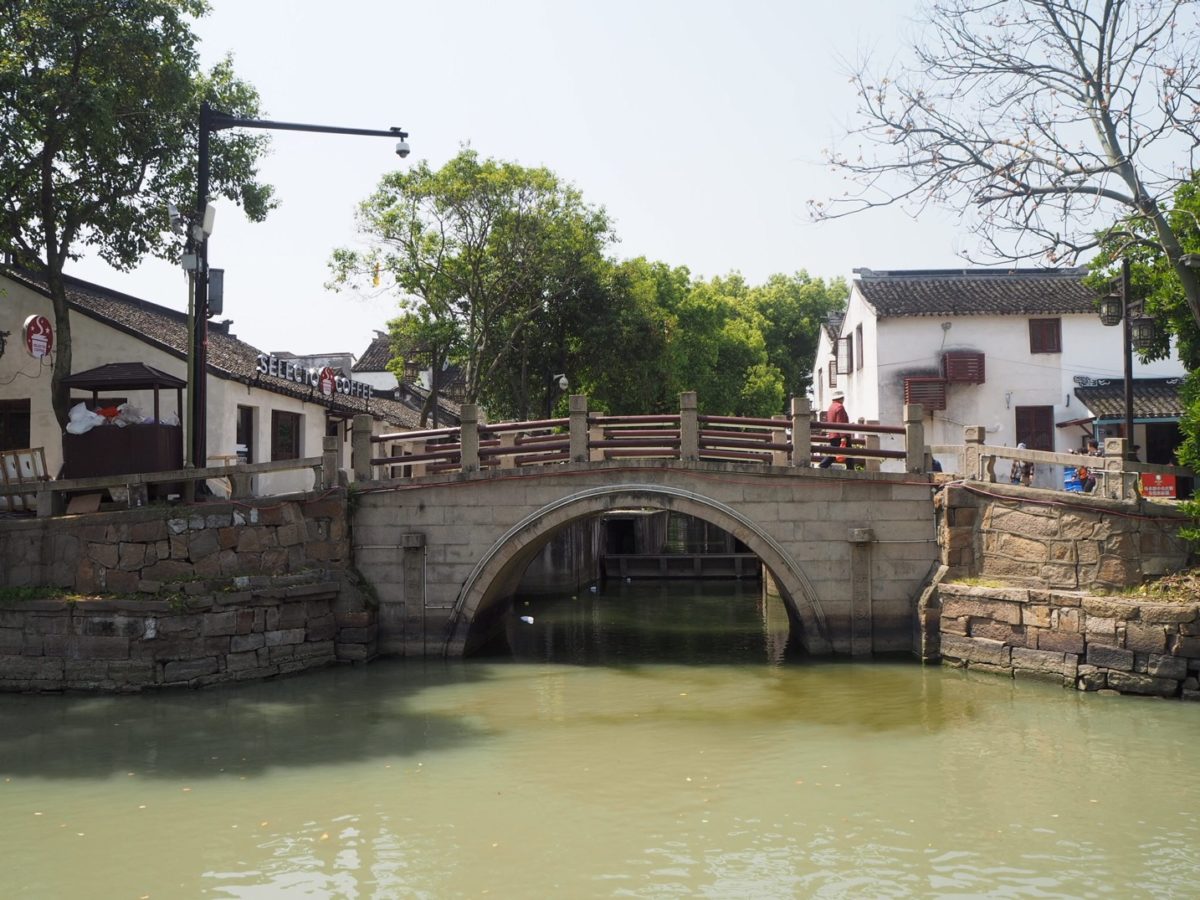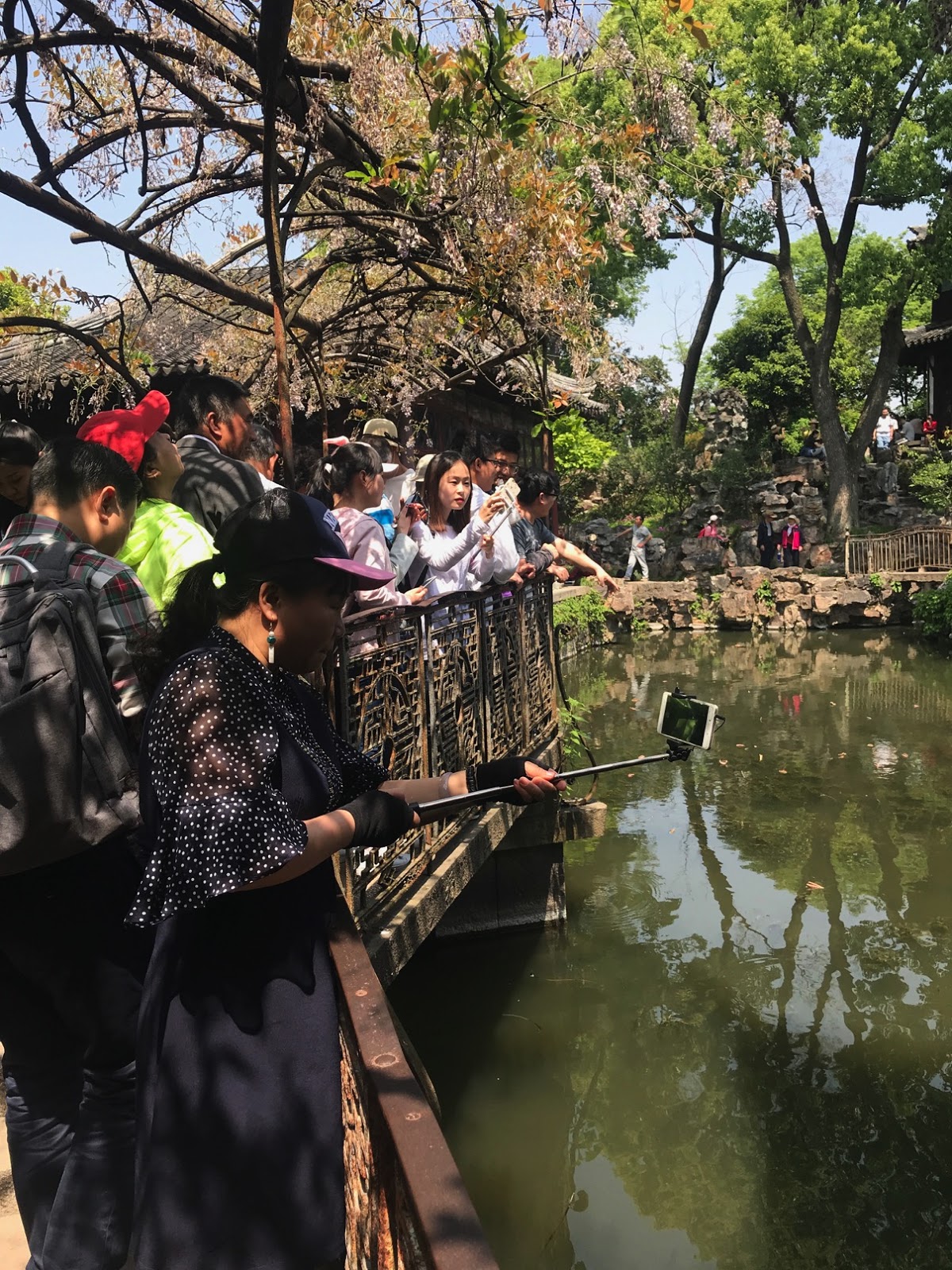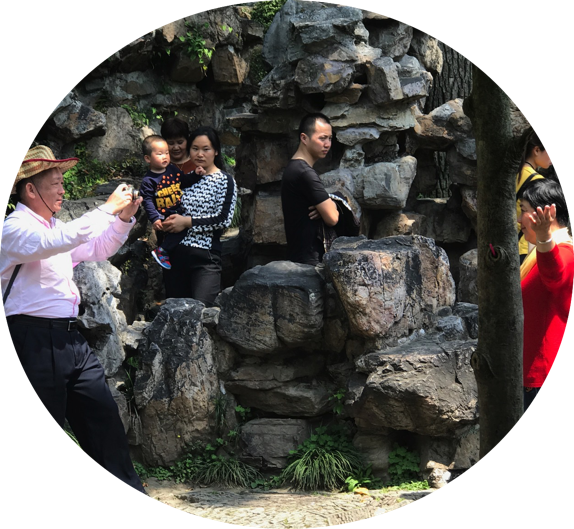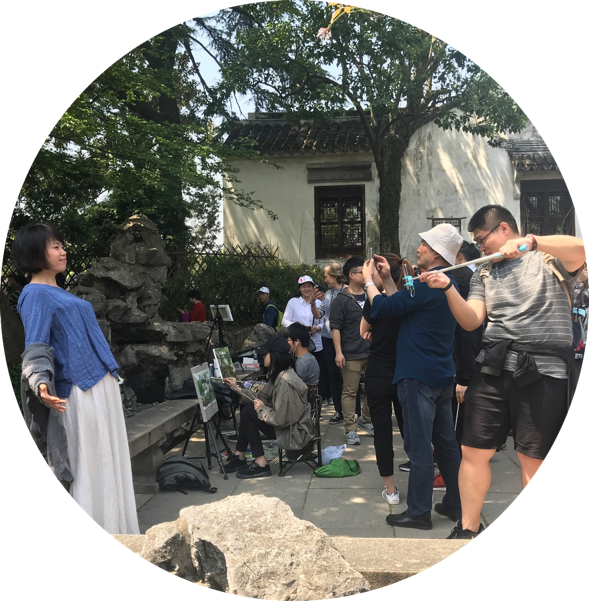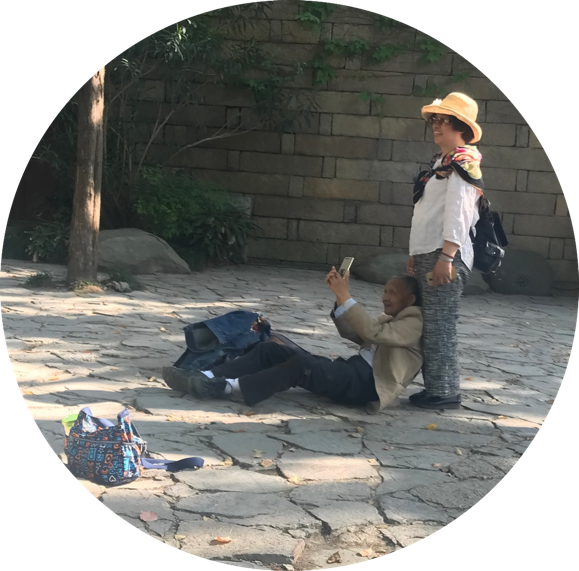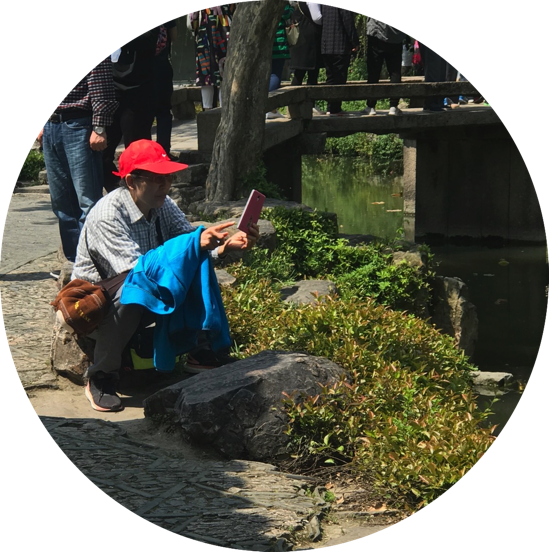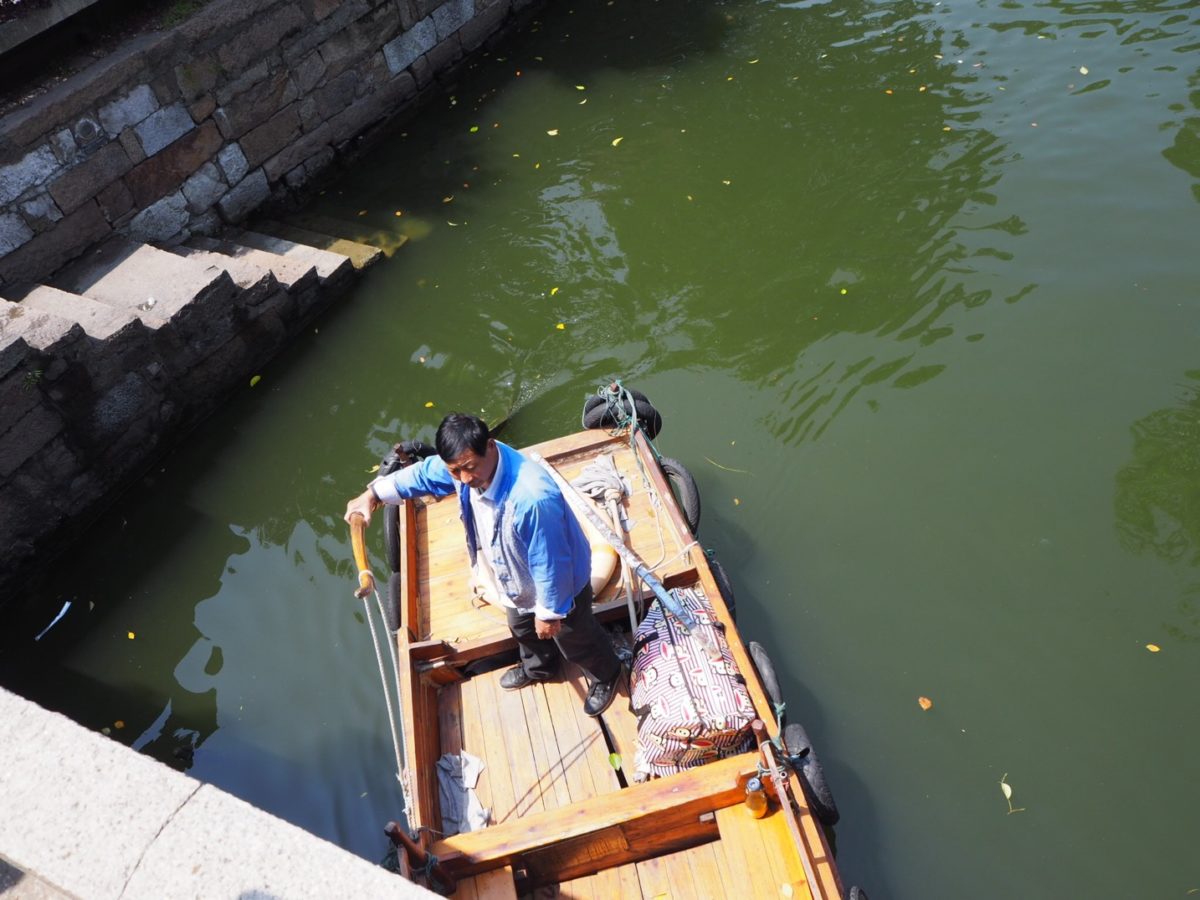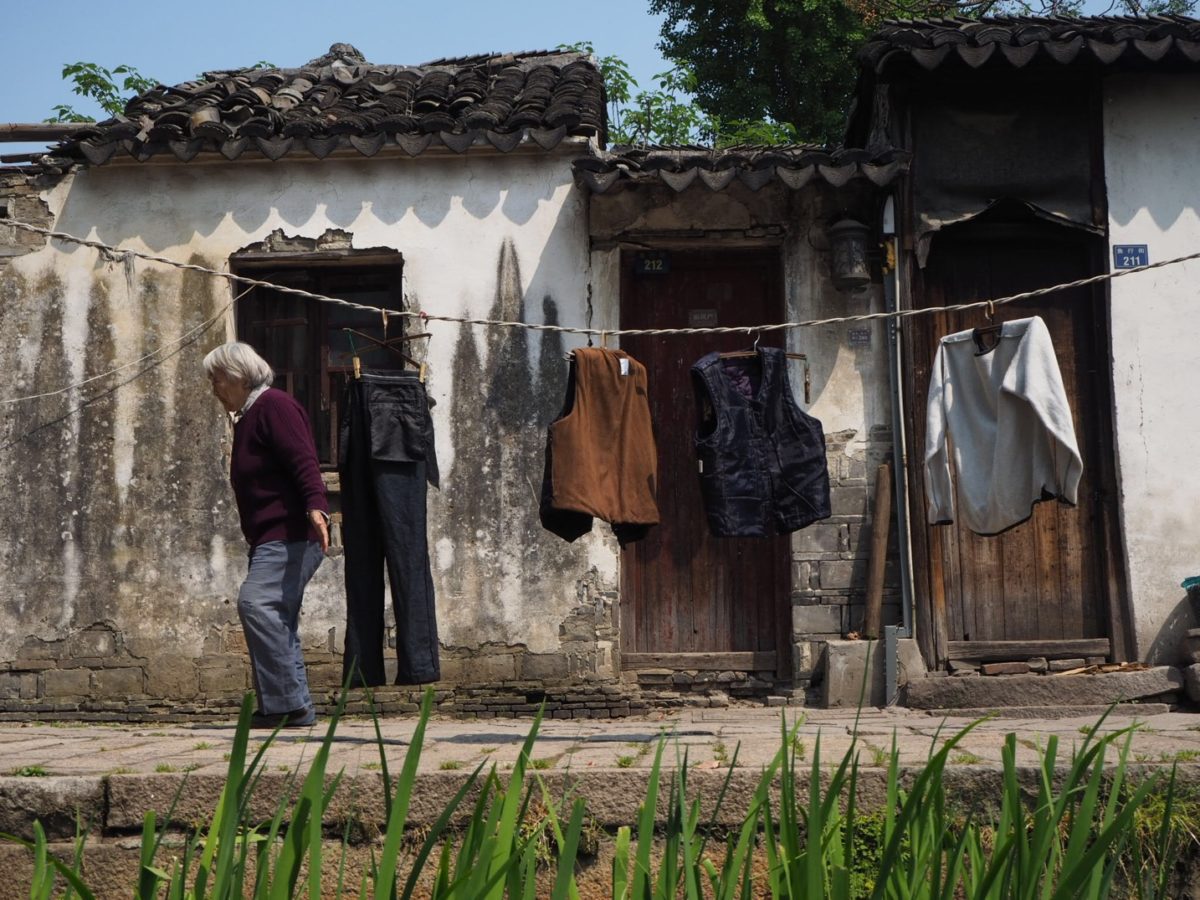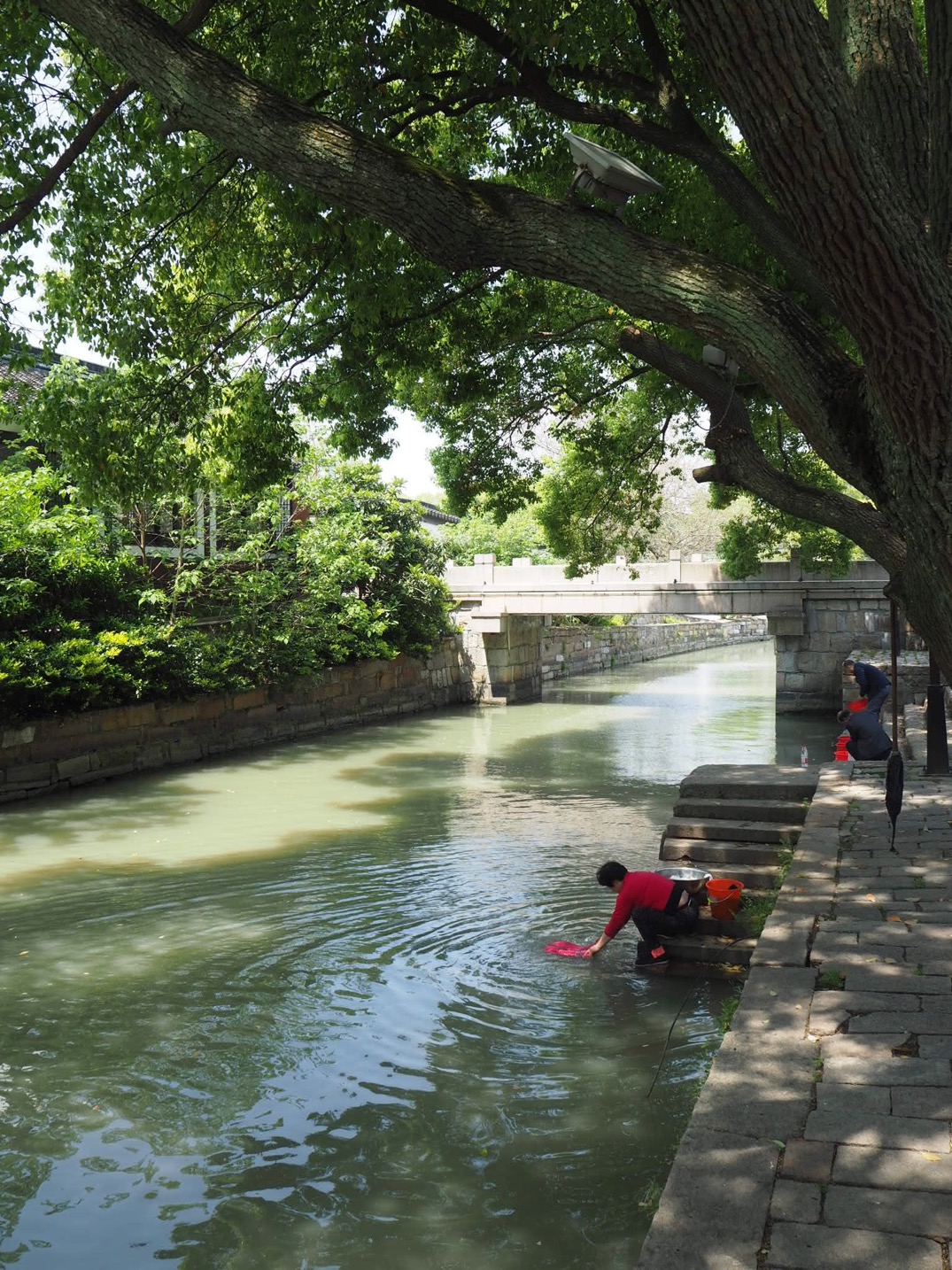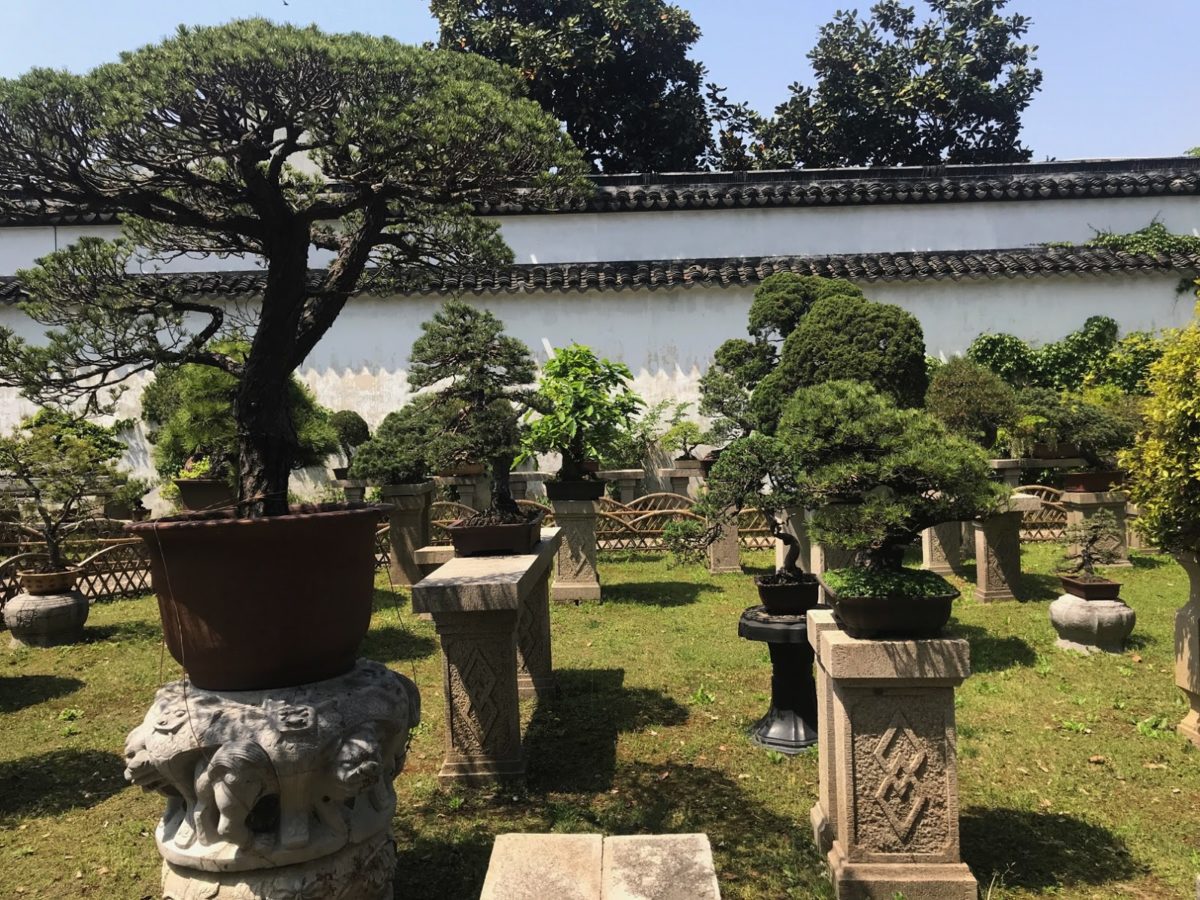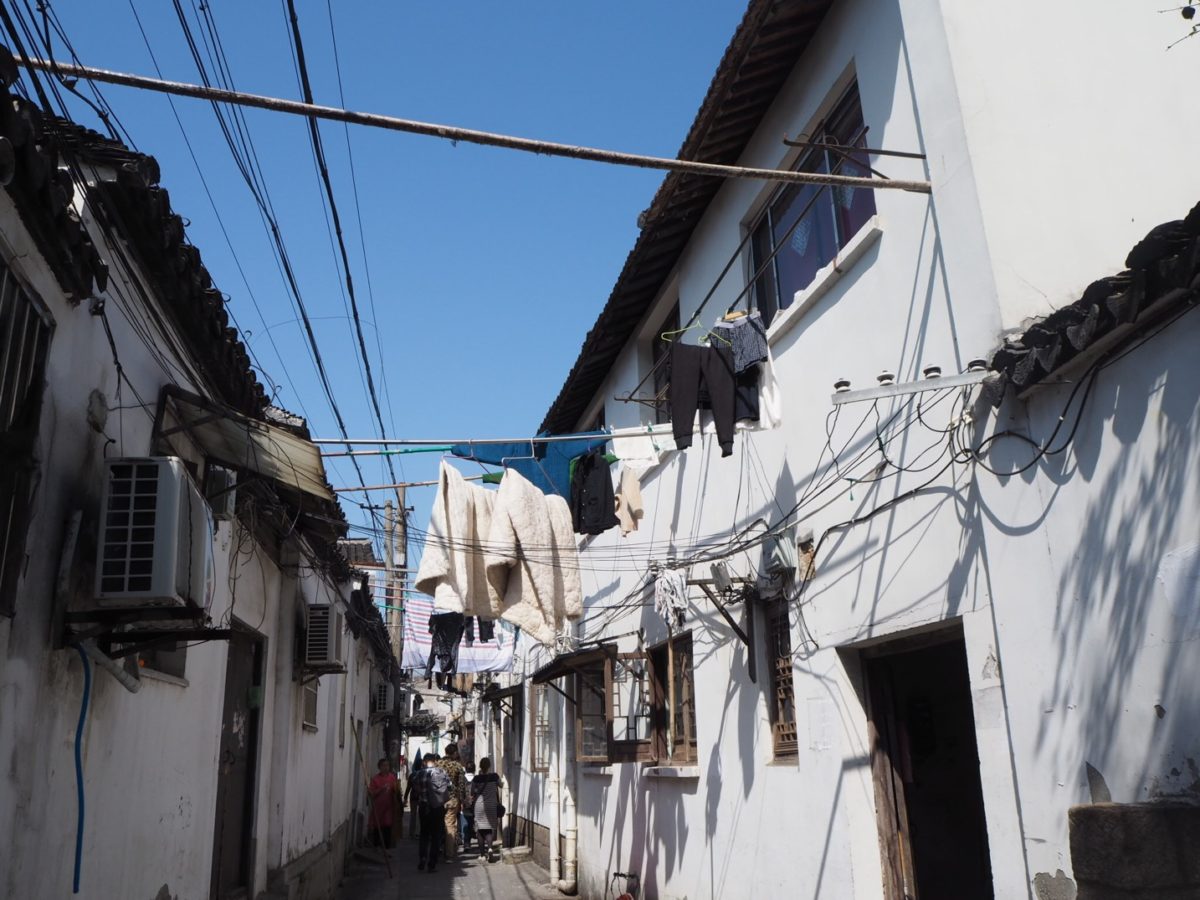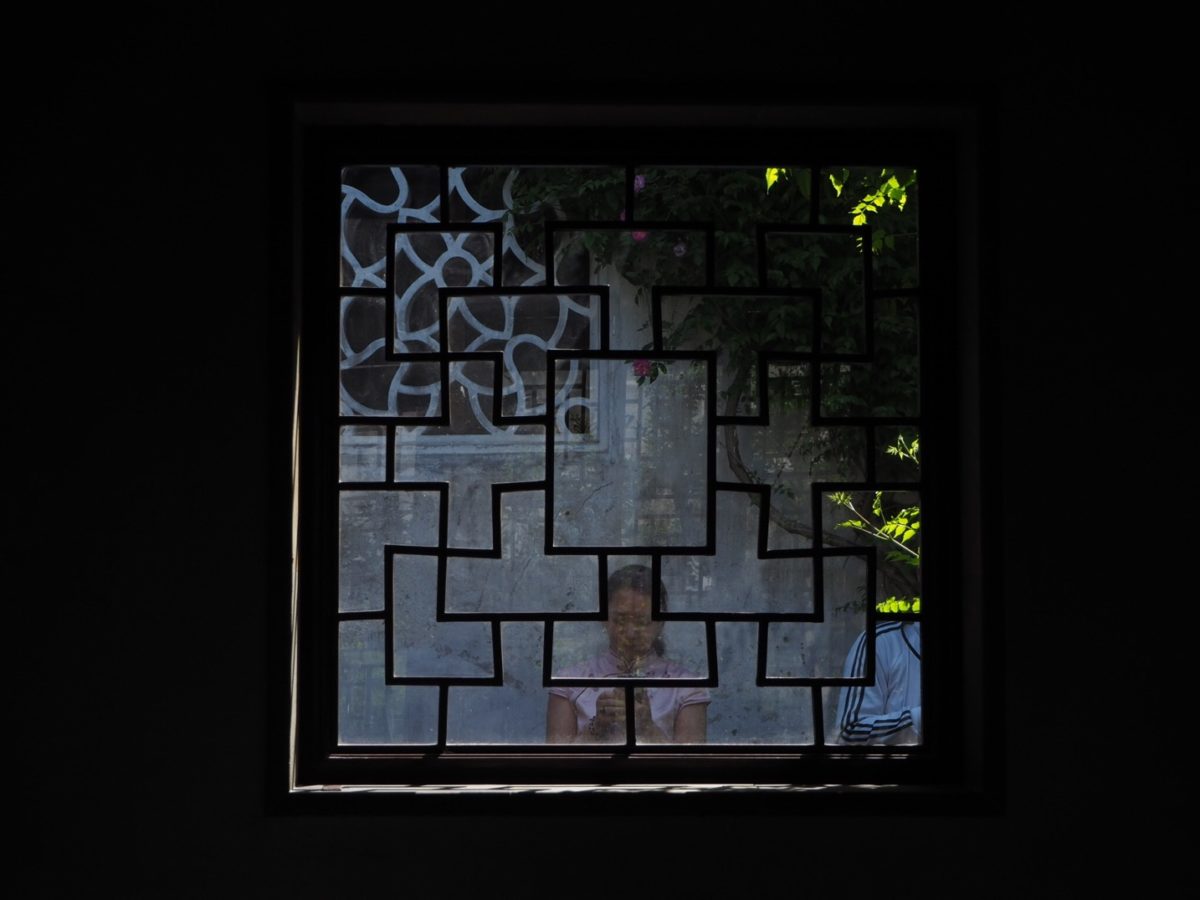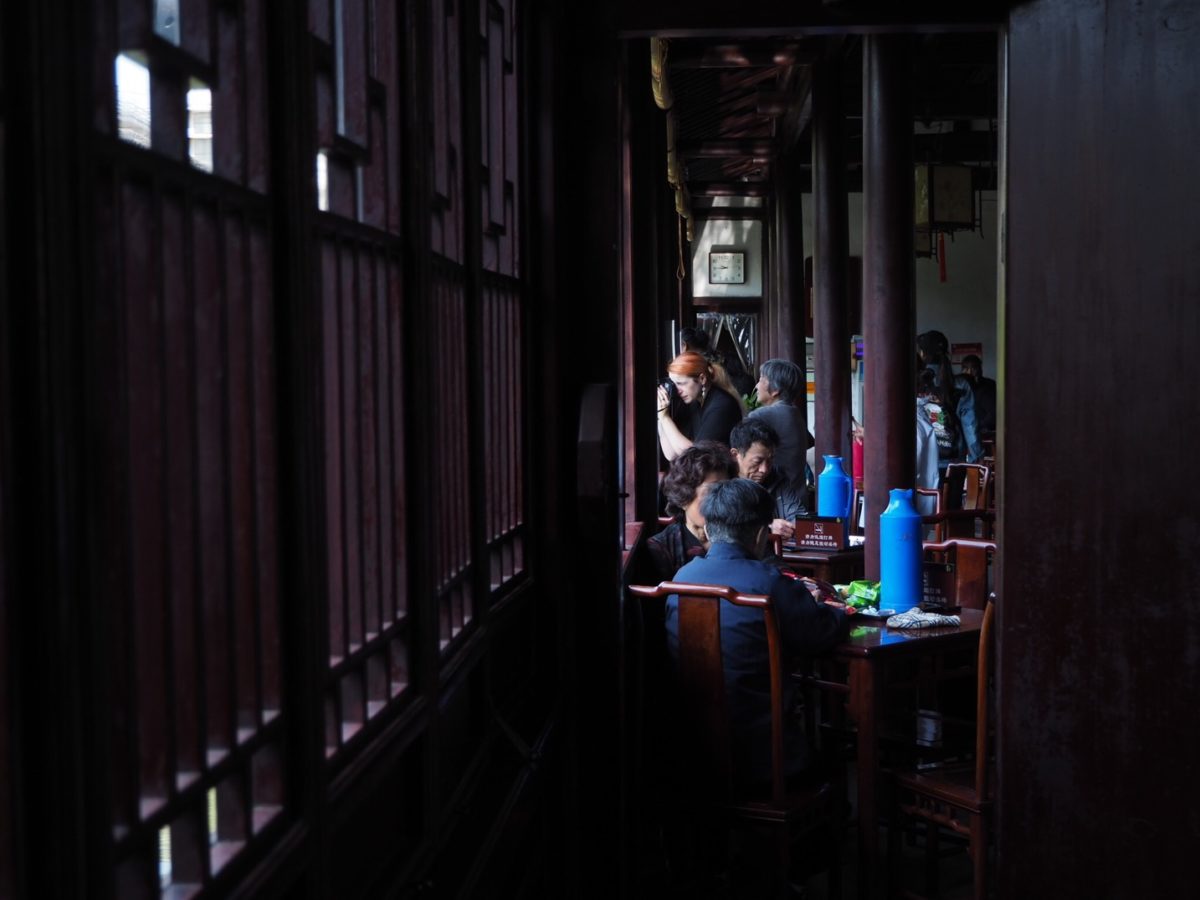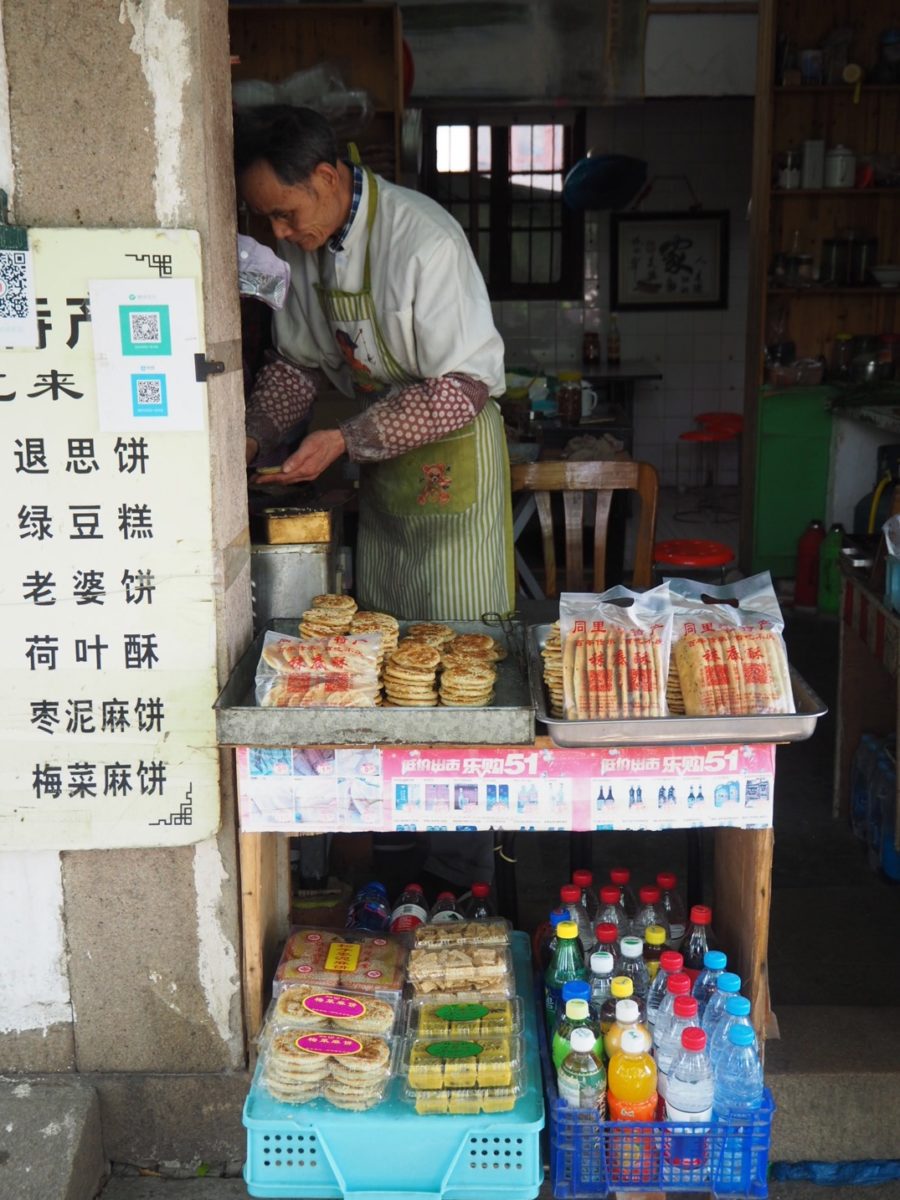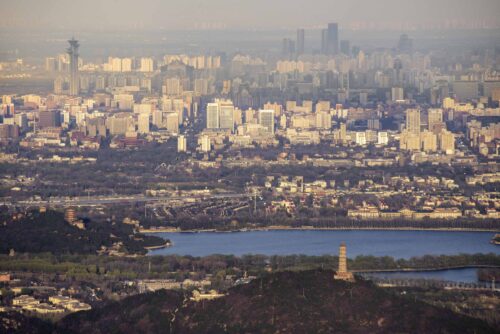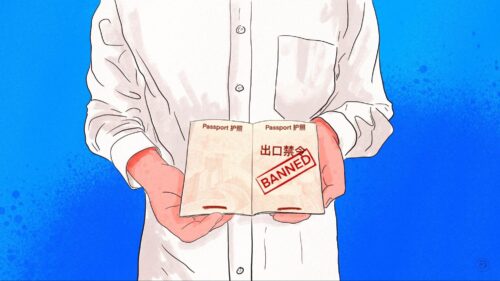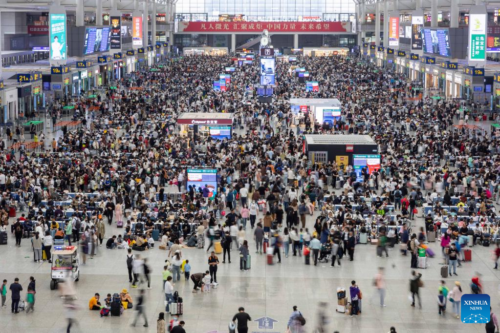Suzhou Garden Chic, evolved: An ancient city embraces the new millennium
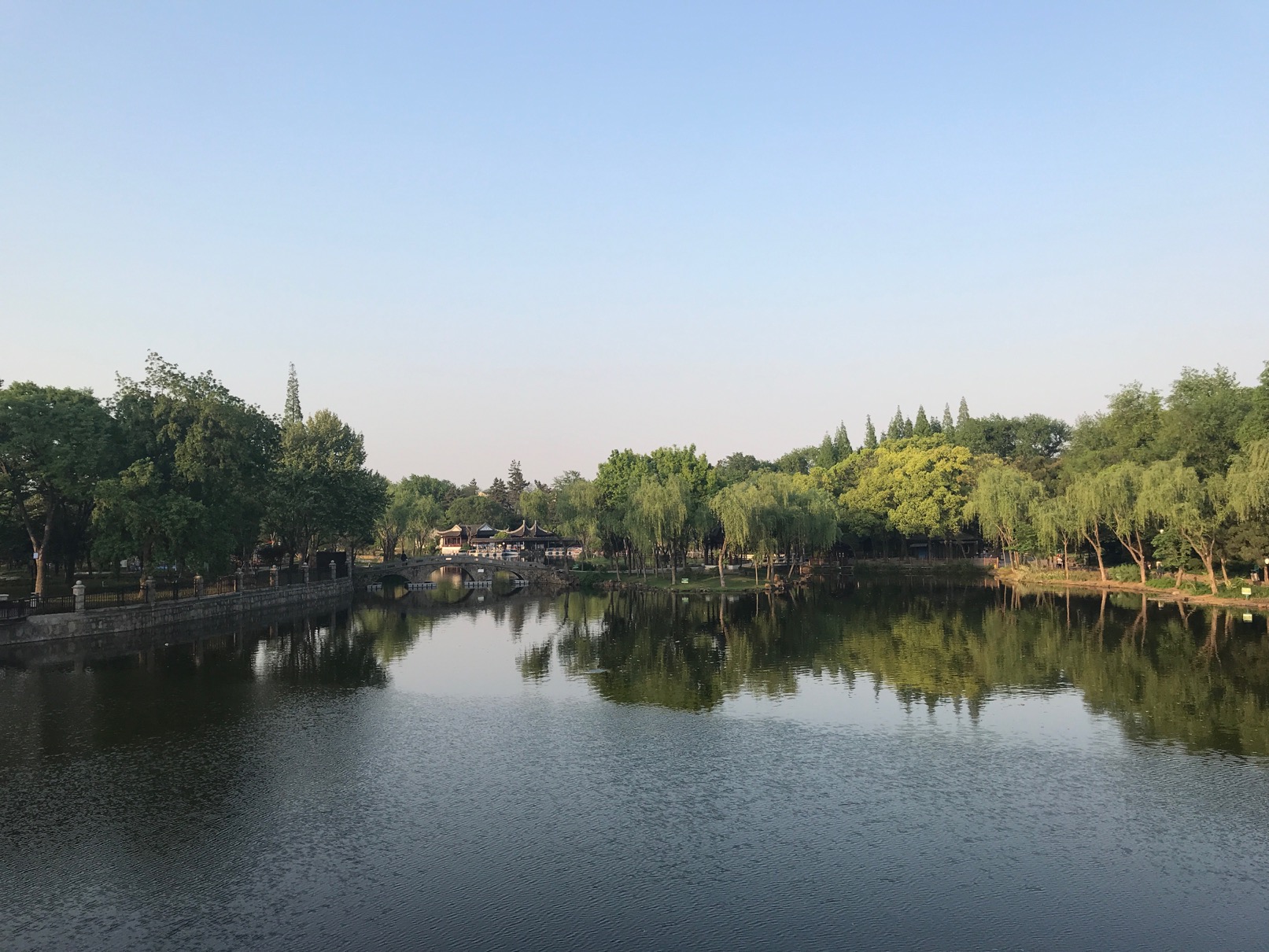
Marco Polo called it “the Venice of the Orient,” while ancient Chinese compared it with heaven. Take a lap around this 2,500-year-old city — its dignified gardens and upstart districts — and you might understand why Suzhou is celebrated for its carefully pruned perfection.
Photos by Yi-Ling Liu
Suzhou is synonymous with its gardens. Open up any travel blog on the city and you’ll find that bonsai trees and lotus ponds abound. Scroll through a #Suzhou Instagram feed and prepare to wade through image after image of photoshopped pagodas and fine flowerbeds. Marco Polo gushes about Suzhou garden grottos in his 13th-century China travel diaries, Lonely Planet urges all visitors to go “sample their divine tranquility,” and Khan Academy (the e-learning site that coached me through high school calculus) offers an hourlong online course on Suzhou’s classical garden history.
When I decided to go to Suzhou, the message seemed pretty clear: to visit Suzhou and not take a lap around all that leafy greenery would be simply blasphemous. And so, during my three days there — in spite of my natural inclination to steer clear of well-trodden tourist paths — I found myself taking laps around three different gardens. I realized that if neither the great European explorer of the 13th century nor the top e-learning site of the 21st century could avoid the gardens, then neither could I.
There was also this, which I realized afterward: To know Suzhou’s gardens is to know the history, evolution, and future of the city itself.
My first lap was through the Garden of Cultivation, perhaps the most emblematic of all the gardens, a snapshot clipped straight out of a glossy magazine. I spend a few hours one morning here, strolling through several of the quiet pavilions surrounding the main lotus pond, admiring fish from the Fish Viewing Bridge and hanging out in a teahouse where three wizened old women sat around a plate of dried watermelon seeds, chuckling away at the latest octogenarian gossip.
Unlike the lofty palace gardens of Beijing, designed to dazzle and awe, Suzhou’s gardens are chill. They served as peaceful refuges for weary government officials who wanted time off from the stressful politicking in the imperial capital. In other words, the gardens are corruption-detox-cum-spa-retreats of sorts. Here, bureaucrats and administrators could sit back, slacken under a pagoda, and look out into the placid surface of a lake with a cup of chrysanthemum tea in one hand and bottle of baijiu in the other.
Toward this very goal of relaxation and rumination, Suzhou gardens were built to exacting standards, with perfection in mind. Gardeners were instructed to “hide the vulgar” and “include the splendid” so that no rock formation was out of place and each grotto was in consummate imitation of nature. Suzhou’s gardens, as Pritzker Prize-winning architect Wang Shu puts it, are “living philosophy installations.” And at one moment, sitting on a wooden chair in the Garden of Cultivation sipping tea and enjoying the breeze with a smug grin on my face, that philosophy seemed pretty evident to me. That hot mess outside, that’s real life. This cool, man-made plot of idyllic greenery, this is what life should be.
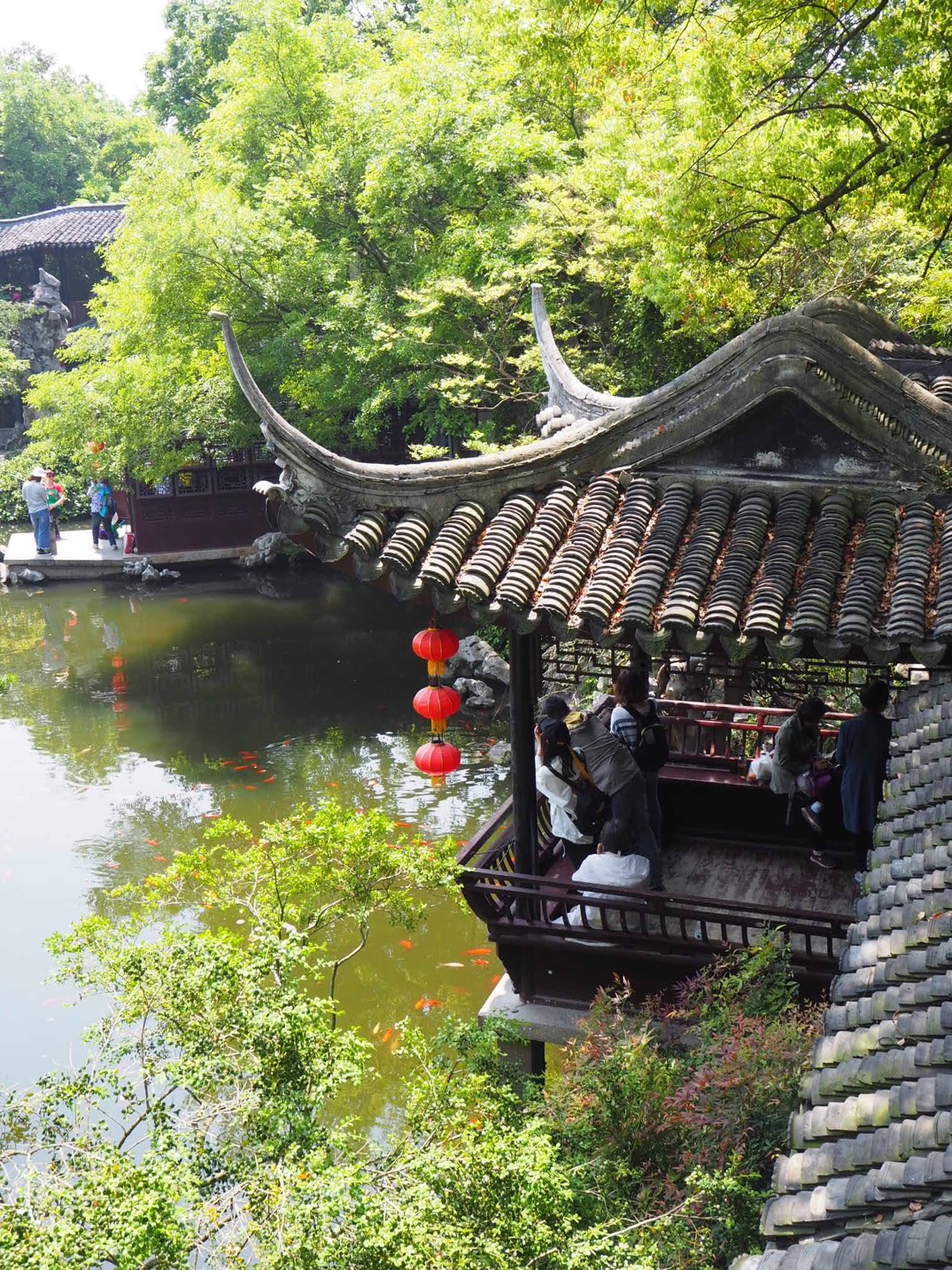 It is a philosophy founded on an aesthetic that I like to think as a certain kind of Suzhou “garden chic,” of carefully pruned perfection.
It is a philosophy founded on an aesthetic that I like to think as a certain kind of Suzhou “garden chic,” of carefully pruned perfection.
The city itself is a garden — a giant plot of manicured beauty. Marco Polo was so smitten with the well-manicured city that he bestowed upon it the name of his hometown, calling Suzhou “the Venice of the Orient.” Ancient praise, from the Chinese themselves, lives on in the form of proverbs: “Above we have heaven, below we have Suzhou.” (Hangzhou is technically included as well in this proverb, but that’s a story for another time.)
There is no avoiding the garden because the garden is everywhere; the carefully cultivated “garden chic” applies to everything, from the city’s craftsmanship to food to female grooming habits. And it lives on even outside: Lu Wei, former deputy head of the CCP Propaganda Department, described in a speech his aspirations to build an internet that is like a “spiritual garden, which worships the virtue and the good, is civilized and polite, and which wins people’s hearts.” Even apparatchik-speak flourishes with garden talk.
One morning, I decide to experiment with traditional Suzhou embroidery at a local textile workshop. As I try not to stab my fat, clumsy fingers raw with a sewing needle, I learn that Suzhounese embroidery, a months-long and laborious process used to produce the most gossamer fabrics and wispy designs, is famed for being “neat, fine, harmonious, smooth, and even,” according to my Suzhou travel guidebook. That same set of adjectives — neat, fine, harmonious, smooth, and even — could truly describe anything in Suzhou.
The Suzhou Museum, for example, was designed (by Suzhou-inspired architect of the Louvre, I.M. Pei) according to a similar Goldilocks and Three Bears-esque mantra of exacting perfection: “Not too high, not too large, and not too abrupt.”
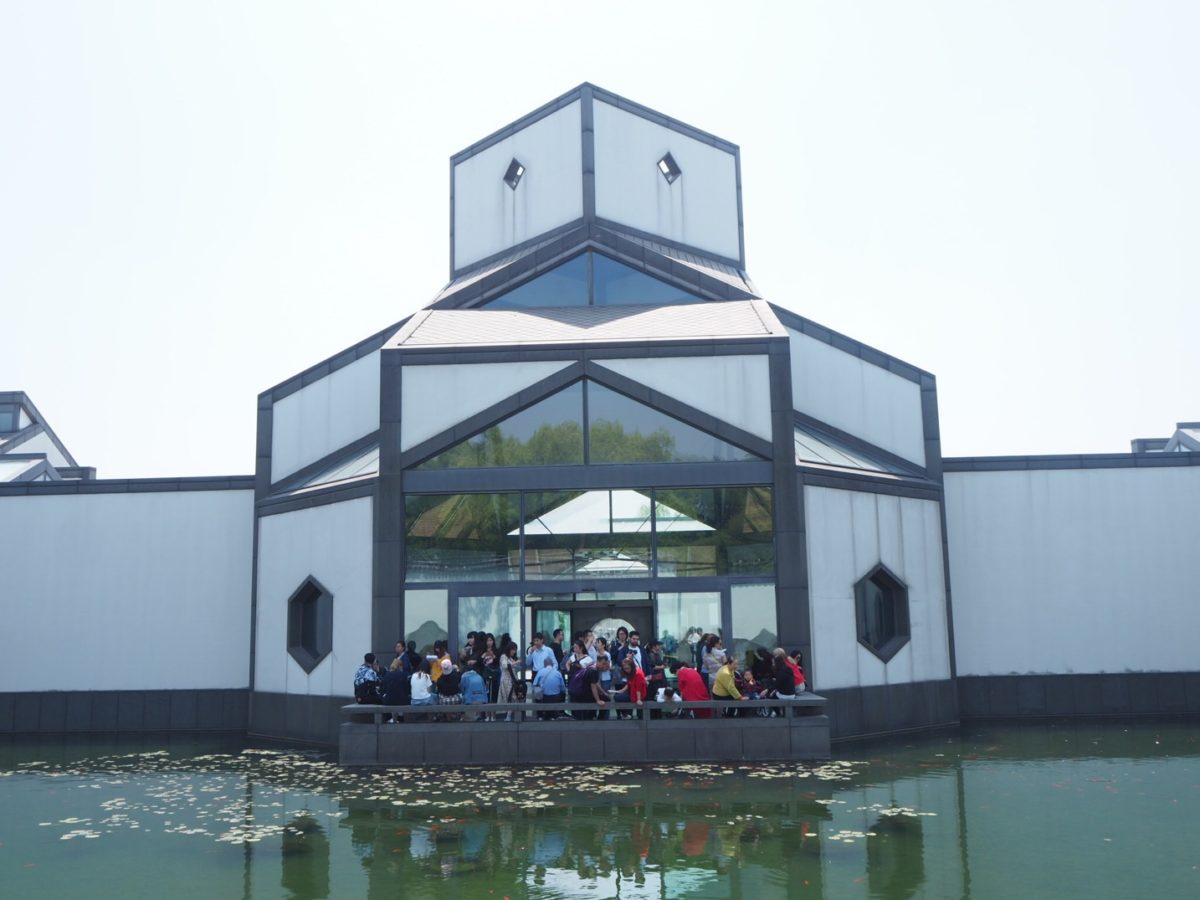
Suzhou women, according to my tour guide, tend to be “small, dainty, and delicate” (小巧玲珑 ), modish and particular about their appearance. I am about to dismiss this as an archaic stereotype until I think of my Suzhou-born grandmother, who, according to my mother, clung onto her Suzhou ways even after she moved to Beijing, insisting on walking around town with an umbrella to protect her porcelain skin from sunburn (this was during the heyday of the Cultural Revolution, when tanned Communist peasant-chic was trending).
The same snooty sophistication goes for Suzhou’s cuisine. Historically, the nation’s wealthy nobility and literati flocked to the city, drawn to its rich culture, pleasure quarters, and lake cruises through an intricate system of canals. This meant that many restaurants opened in the area, in particular those that served “mansion” cuisine (in other words, Rich People Food). In contrast to a feast in, say, the deep western province of Sichuan, which typically consists of a messy and raucous affair of hotpot and skewers, a meal in Suzhou usually involves an ornate array of often sugary dishes — stir-fried baby shrimp, marinated lotus fruits, and squirrel fish in sweet-and-sour sauce — displayed on small platters like works of edible art. (On my trip, at the end of each meal, too stuffed for desert, I would often turn to one of my French traveling companions with a smile, nodding in the direction of the other travelers: “Let them have the glutinous red bean rice cake.)
In my second lap, around the largest and most famous of Suzhou’s gardens, the Humble Administrator’s Garden, I found that the chic I saw so carefully preserved in the Garden of Cultivation was lost. Let’s just say, the garden is not quite the tranquil refuge that the eponymous Humble Administrator had envisaged in the 16th century. He probably didn’t have to share the view of the lake, like I did, with 30 or so sweaty bodies crammed on one bridge.
Quite a few things have happened since the garden’s earlier days: the imperial dynasty fell, several large-scale wars blew up, the Communists revolted, China reformed and opened up, the economy grew like a massive beanstalk, Jack Ma was born, and everybody bought a smartphone. The gates to the gardens opened, the dead Administrator cried from his grave, Come one, come all!, and a torrent of tourists rushed in.
Now, tourist hubs around the world are no different — you’ll always find large hordes of people brandishing selfie sticks on the prowl for the perfect image — but I was blown away by the sheer scale of this all. From where I stood, I counted at least 28 smartphones, which means tens of thousands of images were captured, uploaded, shared, and archived for eternity. Young urbanites experimented with one-armed poses. Families choreographed group portraits by grove trees. Visor-decked grandfathers squinted at lakes through iPad screens…
I end up people-watching instead of garden-gazing, observing a sample of modern-day Homo Deus, amused by a distant historical past, so different from their present-day, Didi-hailing, Taobao-perusing, WeChat-scanning realities. They have a voracious appetite for culture, an appetite played to cleverly by the local tourism industry.
My walk through the ancient water town of Tongli later in the afternoon feels like a stroll down a gentrified memory lane, Williamsburg encroaching on an old Chinese village. This was the kind of place we could take a gondola ride down a canal, and watch the last granny standing wash her clothes by the river while sampling local ginger candy.
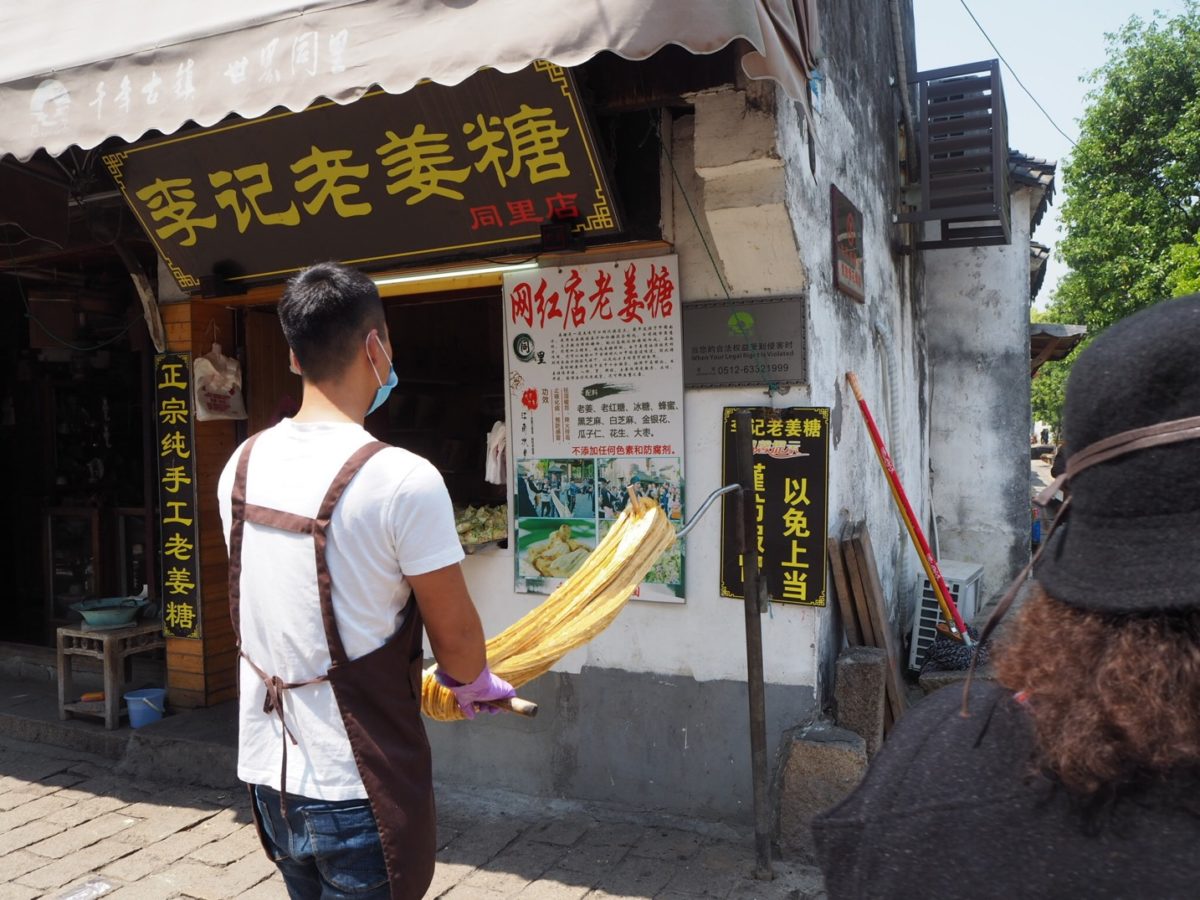
But it isn’t so much that the old Suzhou garden-chic aesthetic has been lost. Onto my last lap, I realize that it has simply evolved. The garden city has grown.
Here was a garden of the 21st century — Suzhou Industrial Park (SIP). Once a plot of farmland, the SIP has morphed into a 288-square-meter high-tech industrial park, a gleaming sprawl of hotels, restaurants, and skyscrapers that accounts for 15 percent of the city’s economy. A joint-venture project initiated in the 1990s between Singapore and China, the SIP would follow the urban planning models, economic management, and green development of Singapore (a city-state nicknamed “the Garden City”). Like Singapore, the Suzhou Industrial Park would be pristine and prosperous but also orderly and controlled. It is the garden of the past in its modern-day reincarnation.
Today, the SIP is a center of biotechnology and cloud computing and the base of 25,000 companies, including Samsung and Motorola. It is home to the largest Ferris wheel in Asia, an eight-floor bookstore, and a water curtain that doubles as a movie screen. It is high-tech harmony, commoditized daintiness, the fashionable grandmother undergoing her second youth. She may be 2,500 years old, but she’s not about to let hot young Shanghai to the east (a 300-year-old infant) totally outshine her. It is garden chic 2.0. Instead of date trees and grottos, there are man-made islands and skyscrapers. Instead of harvesting loquats and weaving tapestries, it produces microchips and pharmaceuticals.
And funky things grow here. One afternoon, I visit the studio of a “Suzhou Master Jade Carver” in the SIP. Expecting to find a local maestro chipping away at carved stone, I was instead welcomed by a middle-aged white British man into a colonial-style teahouse. After his midlife crisis 10 years ago, he quit his job as a journalist in London, moved to Suzhou, and settled down to embark on a jade-carving apprenticeship. The teahouse was once an expensive wine parlor frequented by Party officials, according to the carver, but thanks to “Mr. Xi’s” aggressive crackdown on corruption, the officials stopped buying fancy wines and the parlor went bankrupt. He swooped in, bought the place, and started selling jade necklaces with tea, scones, and beef Wellingtons.
I think back to earlier in the day, when I had visited a bonsai nursery to learn about the art of the bonsai tree. Like the philosophy of Suzhou garden-chic, the art of cultivating bonsai trees is founded on a belief in order, harmony, and man-made perfection: If you pruned, trimmed, and grafted the tree the right way, you could control the direction of its growth.
And yet, as I sit in a Chinese wine parlor turned British teahouse, chowing on a beef Wellington, listening to an ex-BBC reporter distinguish Guangzhou jade from Wyoming jade, I couldn’t help but think that sometimes, trees don’t quite always grow the way that you’d expect.
